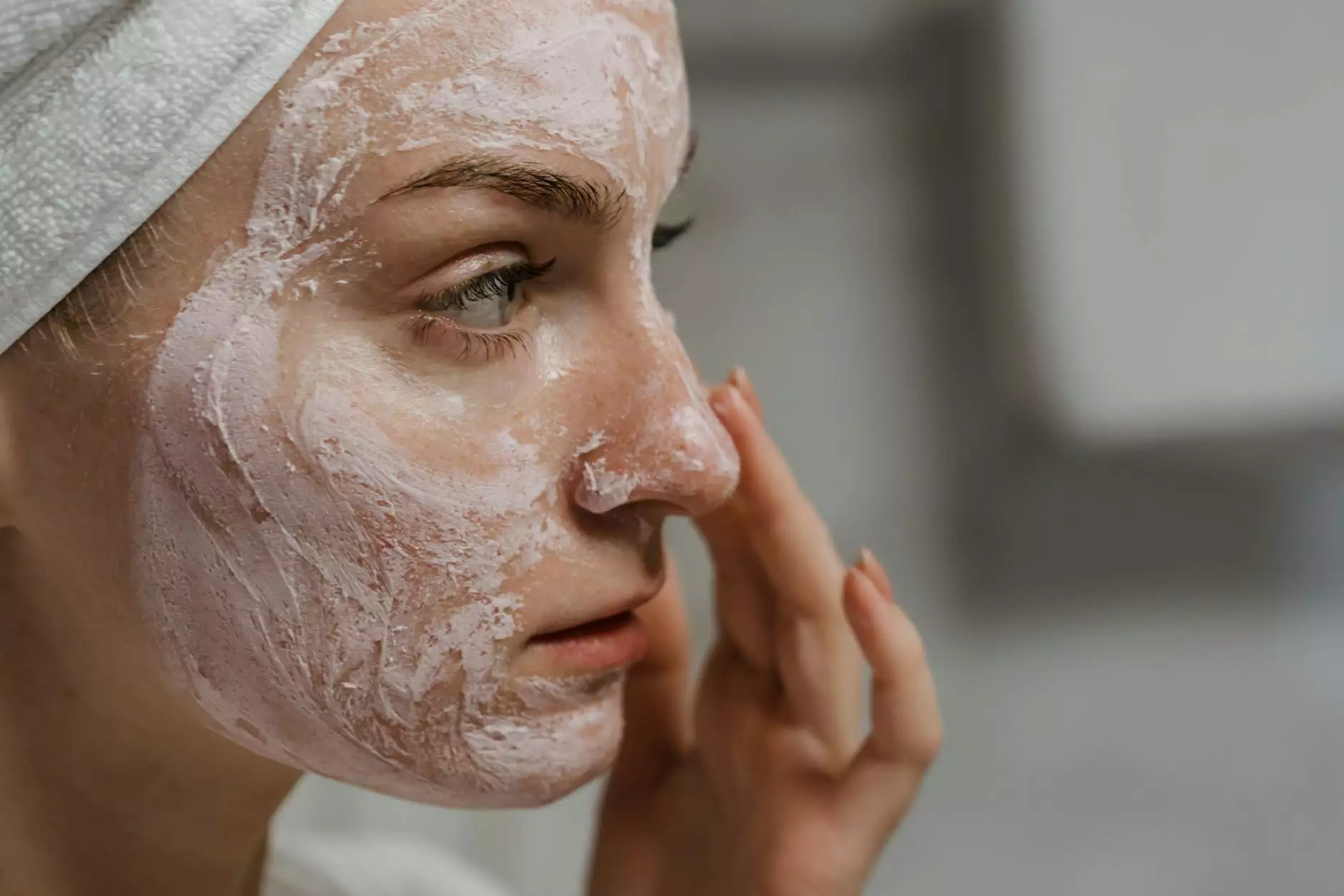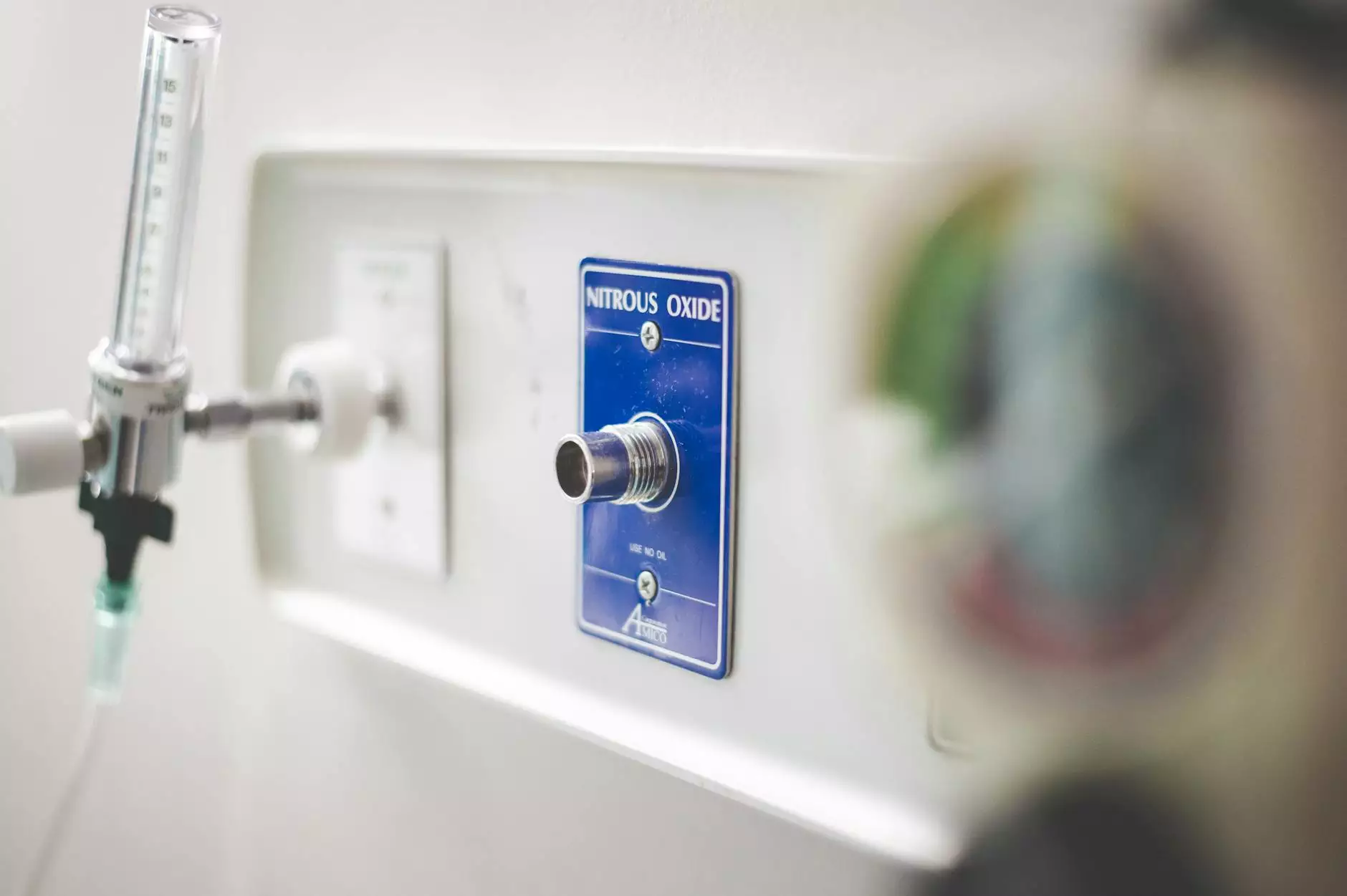Understanding Phlebitis: Causes, Symptoms, and Treatment Options

Phlebitis is a medical condition that can significantly affect a person's quality of life. It involves the inflammation of veins and is most commonly associated with the legs, although it can occur in other parts of the body. Understanding the phlebitis causes, symptoms, and treatment options is crucial for managing this condition effectively. In this article, we delve into the intricate details of phlebitis, ensuring you are well-informed.
What is Phlebitis?
Phlebitis, commonly referred to as vein inflammation, can occur in both superficial veins and deep veins. There are two primary types of phlebitis:
- Superficial Phlebitis: This type occurs in the superficial veins and is typically less serious.
- Deep Vein Thrombophlebitis: This is more serious as it occurs in deeper veins and can lead to complications like deep vein thrombosis (DVT).
Common Phlebitis Causes
Understanding the causes of phlebitis is critical in treating and preventing this condition. Here are some common phlebitis causes:
1. Prolonged Immobility
Prolonged periods of immobility, such as long flights or bed rest after surgery, can lead to blood pooling in the veins, resulting in inflammation.
2. Trauma or Injury to a Vein
Physical trauma, such as injuries or surgical procedures, can cause irritation and inflammation of the affected vein.
3. Certain Medical Conditions
Underlying medical conditions, such as varicose veins, blood clotting disorders, or cancer, can increase the risk of developing phlebitis.
4. Intravenous (IV) Catheters
Using IV catheters can introduce bacteria into the bloodstream or irritate the vein, leading to phlebitis.
5. Hormonal Changes
Hormonal changes, particularly in pregnant women or those using hormone replacement therapy, can predispose individuals to vein inflammation.
6. Smoking
Smoking has a detrimental effect on blood circulation and can damage blood vessels, increasing the risk of phlebitis.
7. Obesity
Excess body weight puts added pressure on veins, leading to a higher chance of inflammation.
Symptoms of Phlebitis
Recognizing the symptoms of phlebitis is essential for timely treatment. Common symptoms include:
- Pain or Tenderness: A common sign, especially along the affected vein.
- Redness and Warmth: The skin over the inflamed vein may appear red and feel warm to the touch.
- Swelling: Soft tissue swelling surrounding the affected area can occur.
- Hardness: A hard cord-like structure may be palpable along the vein.
Diagnosis of Phlebitis
Diagnosing phlebitis typically involves a combination of medical history inquiry, physical examination, and imaging tests such as ultrasound to confirm the diagnosis and assess the severity.
Treatment Options for Phlebitis
Treatment for phlebitis focuses on reducing inflammation, pain relief, and preventing complications. Common treatment methods include:
1. Medications
Nonsteroidal anti-inflammatory drugs (NSAIDs) such as ibuprofen can alleviate pain and reduce inflammation associated with phlebitis.
2. Compression Stockings
Wearing compression stockings can help improve blood flow in the legs and minimize swelling.
3. Warm Compresses
Applying warm compresses to the affected area can help soothe pain and reduce inflammation.
4. Lifestyle Changes
Implementing regular exercise, maintaining a healthy weight, and avoiding long periods of immobility can help reduce the risk of phlebitis.
5. Sclerotherapy
This procedure involves injecting a solution into the affected vein, causing it to collapse and eventually being absorbed by the body.
Complications of Phlebitis
If left untreated, phlebitis can lead to serious complications, particularly in cases of deep vein thrombosis. These complications may include:
- Blood Clots: The presence of a clot can lead to serious health issues.
- Pulmonary Embolism: A clot that travels to the lungs can be life-threatening.
Preventing Phlebitis
Awareness and preventive measures can significantly reduce the risk of phlebitis. Here are some effective strategies:
- Stay Active: Regular physical activity promotes good circulation.
- Avoid Prolonged Sitting: Take breaks to stand up and walk around during long periods of sitting.
- Maintain a Healthy Weight: Reducing excess weight can lessen pressure on veins.
- Stay Hydrated: Proper hydration helps maintain optimal blood flow.
When to Seek Medical Attention
It is vital to seek medical care if you experience any symptoms of phlebitis, particularly if accompanied by:
- Severe swelling
- Fever or chills
- Pain that worsens
- Skin color changes near the affected area
Conclusion
In summary, understanding the causes of phlebitis is crucial in managing and preventing this condition. Being aware of the symptoms and available treatment options can help individuals take proactive measures to protect their vascular health. If you suspect you have phlebitis, do not hesitate to contact a healthcare provider for comprehensive evaluation and personalized care.
For more information or to schedule an appointment with a vascular specialist, visit trufflesveinspecialists.com.









